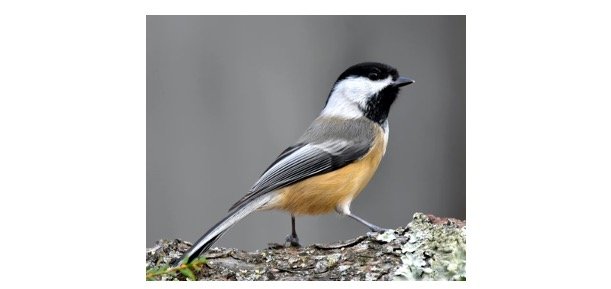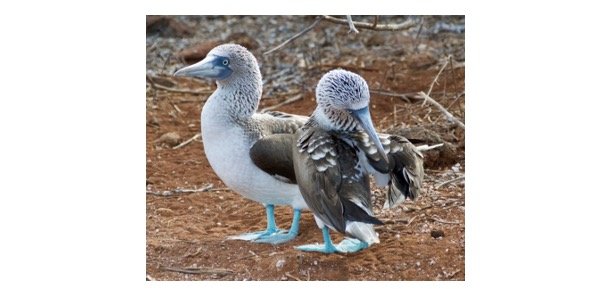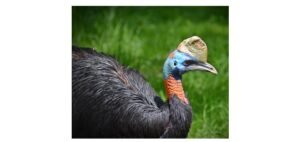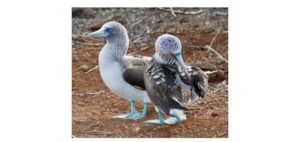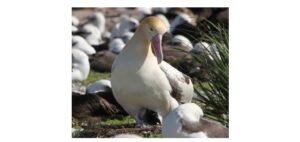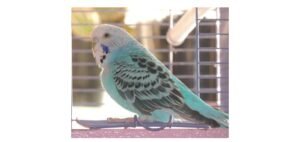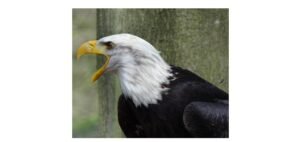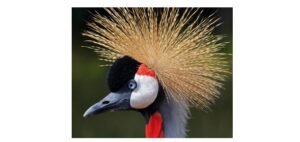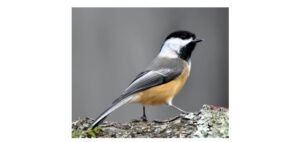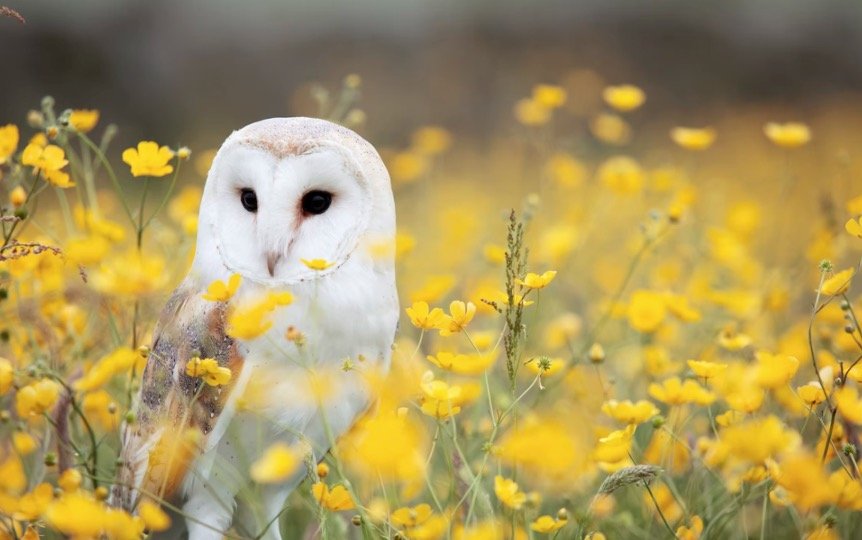
The Barn owl (Tyto alba) is a carnivorous creature belonging to the Animalia family, phylum Chordata, class Aves, order Strigiformes, and family Tytonidae. Tyto is its genus. It is up to 9.8 to 18 inches in length and weighs up to 300 to 550 grams, and wingspan is up to 30 to 43 inches, with a lifetime up to 5 to 10 years.
Barn owl is a rapid flying bird that feeds on small mammals, fish, and birds. White heart-shaped face and large, dark eyes is the most distinguishing characteristic.
Barn owl are preyed upon by opossums, eagles, and raccoons. Physical features include brown, grey, black, white, and orange skin colour, and feathers on the skin and a potential flying speed of 50 mph.
Barn Owl Description
Barn owls are quite well-known in the owl family, with their stark white faces and eerie sounds. They are one of the most widely distributed bird species on the planet.
Barn owls keep rodent populations in check by feeding mostly on rats and mice wherever they inhabit. In many civilizations, they are regarded as harbingers of death or symbols of the afterlife.
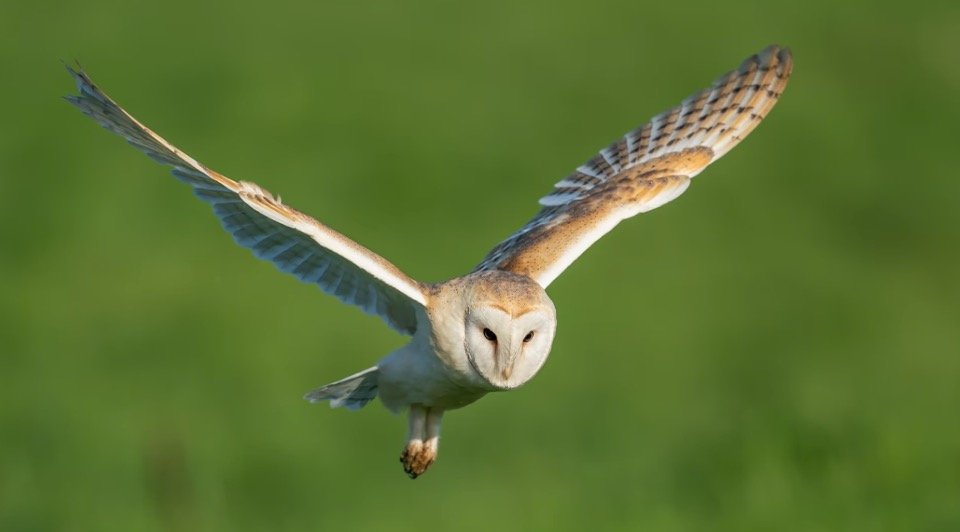
Barn owl, Tyto alba, the scientific name for the barn owl, meaning “white owl.” This scientific name is derived from the Greek words tyto, which means owl, and alba, which means white. Strix alba was its original name, given by taxonomist Giovanni Antonio Scopoli.
However, the name Strix was subsequently retained for wood owls belonging to the Strigidae family, which is the second main owl family. There are around 25 subspecies of these owls, which vary in size and appearance due to their vast distribution.
These owls have taken up residence in a number of zoos around the United States. One of these owls may be found in the Cincinnati Zoo’s Wings of the World exhibit. The Cosley Zoo in Indiana, the Pittsburgh Zoo in Pennsylvania, and the San Francisco Zoo in California are among the many additional zoos.
Barn owls may be found in zoos and wildlife centres all around the world, so wherever you are, there’s a good chance you’ll see one. Around 970 of these owls may be found in zoos around the world. As a consequence of rescue efforts, several of these owls have found homes in zoos.
After being rescued, Dawn and Dusk, two resident owls at the Belfast Zoo, have found permanent homes. After being rescued as a fledgling by the Hawaiian Electric Company, another barn owl, Bubo-no-no, found a lifelong home at the Honolulu Zoo. Zoos play an important role in rearing and rehabilitating owls that would otherwise perish in the wild.
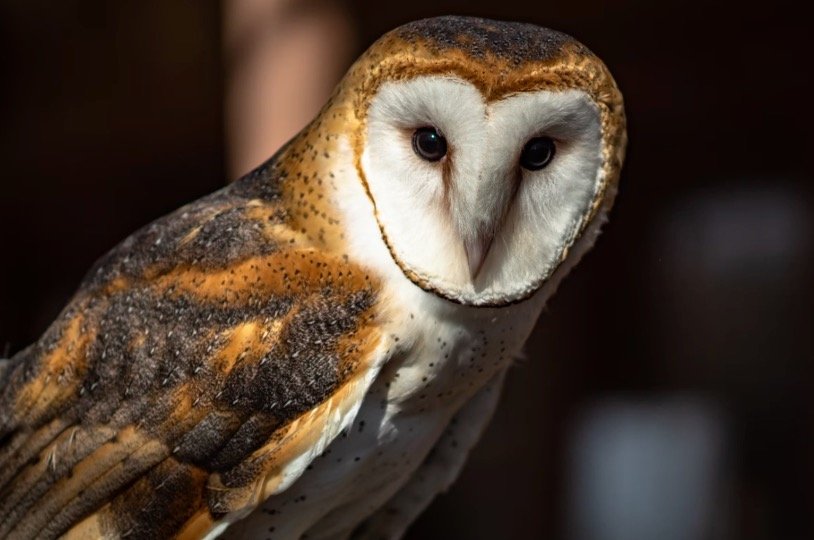
Fun Facts About Barn Owl!
• These owls are commonly seen in graveyards in England. As a result, they’ve earned the reputation of being a death omen.
• Barn owls consume their prey entire and regurgitate the undigested pieces as pellets.
• Their unusual facial shape aids in the detection of subtle noises made by their prey.
• Female owls weigh around 10% more than male owls, and they mate for life.
• Owls in captivity can live up to 20 years.
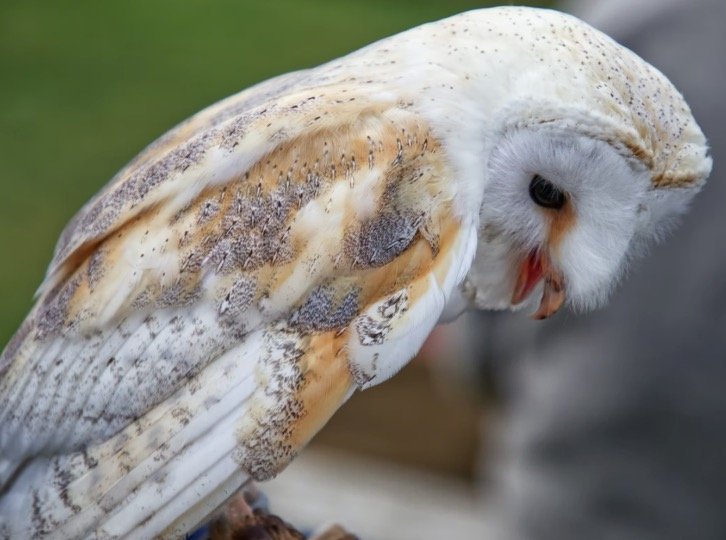
Barn Owl Appearance and Behavior
The dazzling white, heart-shaped face of the barn owl is its most distinguishing feature. Their skulls are sleek, and they lack ear tufts, unlike many other owl species. The eyes of the owl are huge and black.
Brown and grey feathers frame their heart-shaped faces, as well as the backsides of their wings and bodies. Underneath, the wings are short, rounded, and whitish. Their pure white breasts are occasionally seen.
Males like owls with spots on their females. These owls measure between 400 and 600 grammes, with the largest barn owl measuring 700 grammes, or roughly 1.5 pounds. Males are typically smaller and lighter in weight than females.
These birds range in size from 32 to 40 cm (12.5 to 15 inches) in length. Their wingspan is around 100-125 cm (39-49 inches). These owls are nocturnal hunters who hunt mostly at night.
Their face discs aid in the transmission of sound to their earholes, allowing them to better notice noises. After swallowing their meal whole, these owls regurgitate pellets after the majority of the animal has been digested.
Scientists utilise these pellets, which can be up to 1.5 inches in diameter, to learn a lot about what the barn owl consumes. Their vision is twice as sensitive as a human’s.
This, along with their huge wingspan in comparison to their size, allows them to hunt stealthily at night. They like hunting in broad areas. The banshee-like cries made by these owls have been described.
The barn owl’s haunting screeches, not a hoot like most other owls, are one of its most distinguishing characteristics. These owls spend their nights in abandoned barns, thus their names. They also favour hollowed-out tree cavities and other hollowed-out areas.
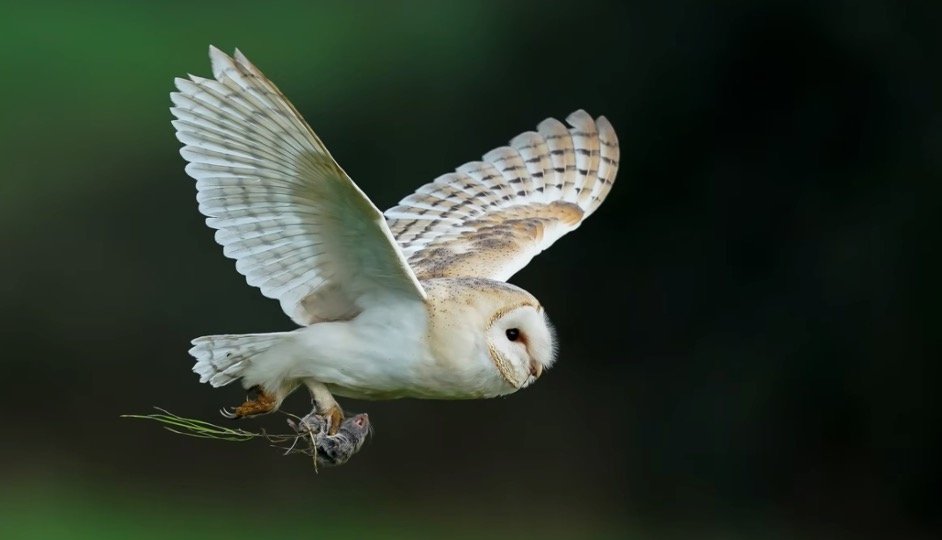
What Do Barn Owl Eat?
The different subspecies of these owls may be found in a variety of environments all around the world. They are a versatile species that can survive in a variety of habitats, ranging from desert to rich farmland.
Because these owls nest in barns and other abandoned structures, they are at ease in cities, suburbs, and other areas where they are in close proximity to humans. These owls are predatory birds that hunt on rats and mice.
Scientists have discovered the occasional frog, smaller bird species, or even fish by studying pellets. Some of these owl species eat insects to stay alive.
These owls are tiny and live on islands. Because substantial food alternatives are uncommon where they reside, these owl subspecies have adapted to their surroundings.
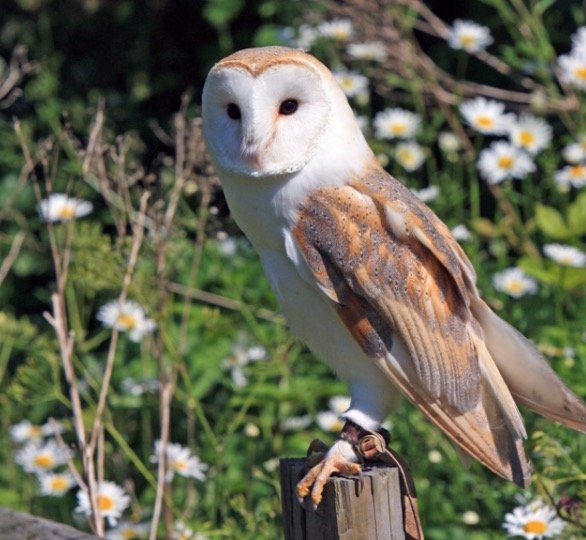
Barn Owl Predators and Threats
Baby barn owls and barn owl eggs are preyed upon by opossums, eagles, and raccoons. Other owl species that feed on barn owls include the great horned owl and the eagle owl. In terms of population decrease, these owls are Least Concern species.
Their populations are stable throughout the world, but restoration programmes are in place in places where barn owls are disappearing.
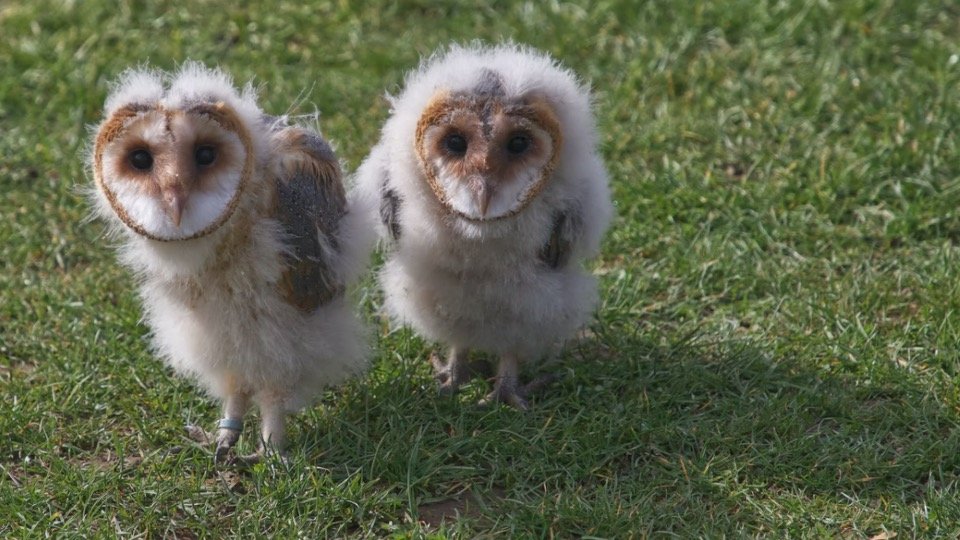
Barn Owl Reproduction, Babies, and Lifespan
When a male owl is ready to breed with a female, he performs a mid-flight display. “Moth flight,” in which male owls hover in midair in front of the female, is one of these manoeuvres.
These owls may breed all year and can lay up to two nests every year. Once they mate, they stay in the same territory for the rest of their lives, with roughly 75% of barn owls mating for life. If they can’t produce enough baby owlets together, they “divorce.”
Barn owls prefer trees that are closer to the wide, open areas where they hunt when ready to lay eggs. Females can deposit anything from two to twelve eggs over the course of many days.
This spacing ensures that the owlets don’t all hatch at the same time. If there is plenty of food, the female will produce more eggs. Each egg takes roughly 30 days to incubate. Chicks leave the nest after around 15 weeks of care from their parents.
